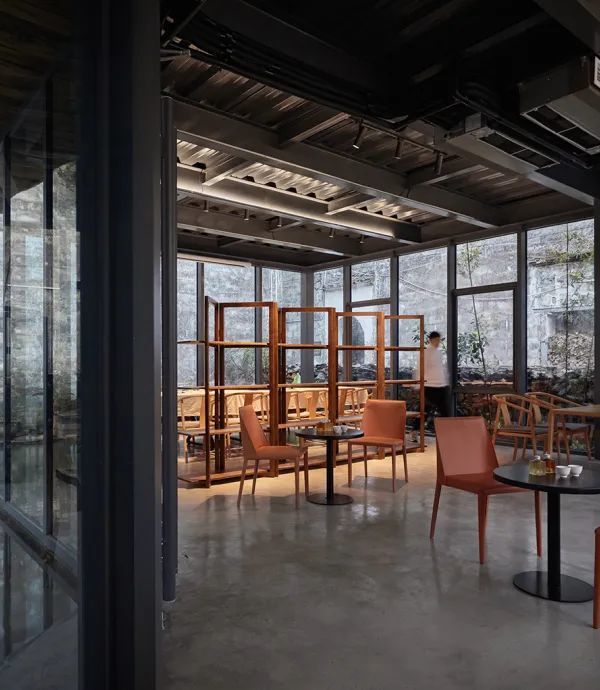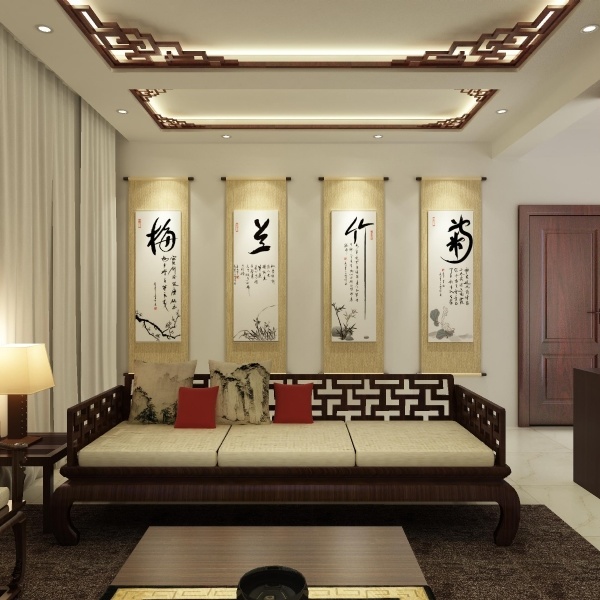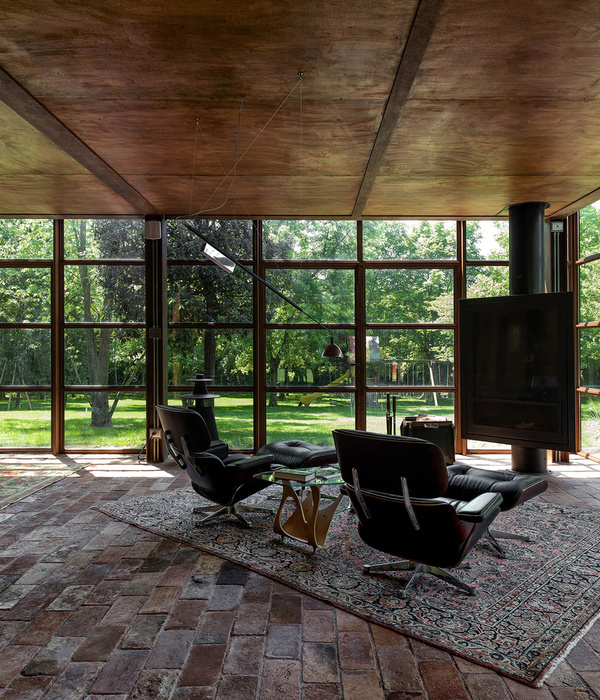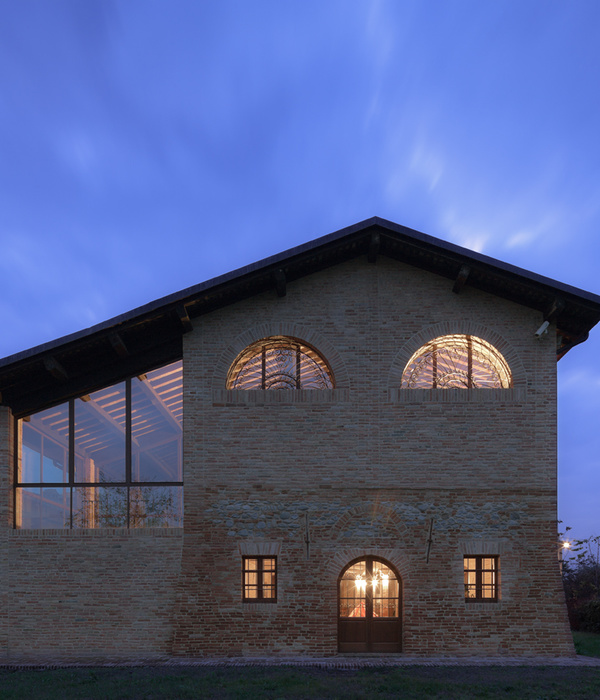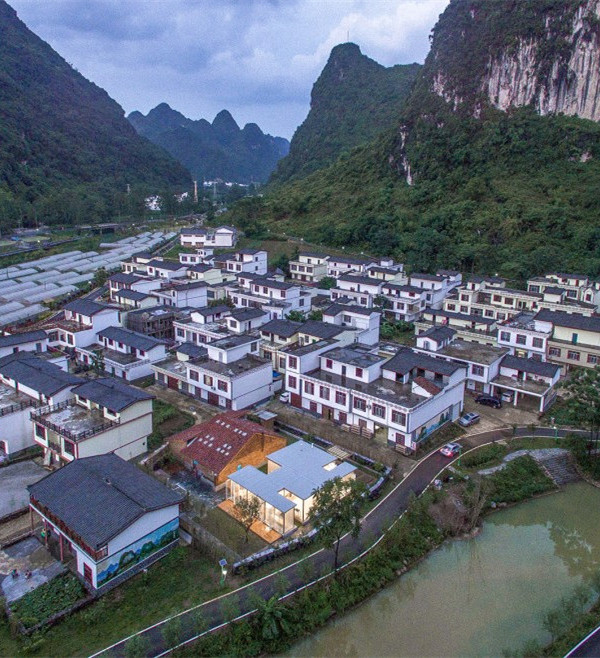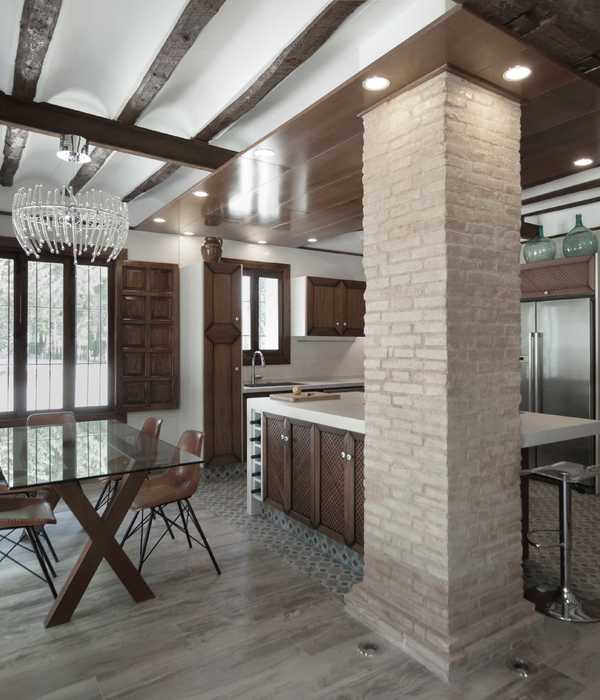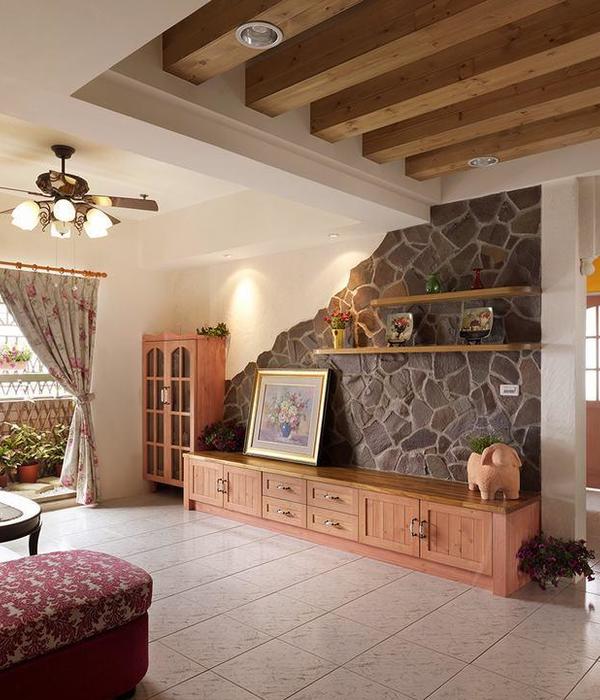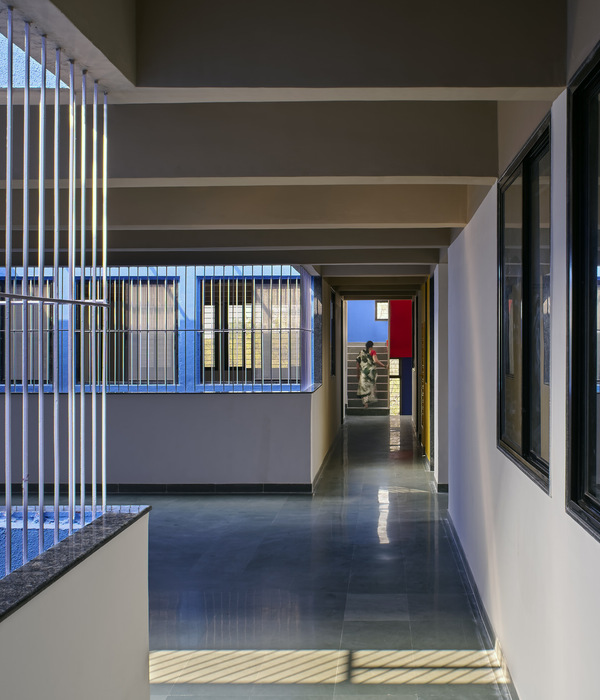© Andrew Rankin
安德鲁·兰金
架构师提供的文本描述。在詹姆斯库克大学的科学场所的互动,目的驱动设计,使学生,工作人员和游客沉浸在一个科学发现和创新的世界。开放的设施庆祝、支持和展示尖端设施中的科学.科学之地是为了改变科学研究,本科教育和研究生培训在詹姆斯库克大学的汤斯维尔校区热带北部澳大利亚。
Text description provided by the architects. The interactive, purpose-driven design of The Science Place at James Cook University immerses students, staff, and visitors in a world of scientific discovery and innovation. The open facility celebrates, supports and reveals science in cutting-edge facilities. The Science Place has been designed to transform scientific research, undergraduate education, and postgraduate training at James Cook University’s Townsville campus in tropical northern Australia.
© Andrew Rankin
安德鲁·兰金
这座建筑是校园里立即被认可的“科学之家”。它把现在和未来的科学家-以前分散在校园里的低效设施-连接在一个集中、集中的中心,那里充满了活动,并为发展做好了准备。“科学之地”首次将大学的化学、生物化学和生物研究集合在一起,推动了更多创新、多学科的科学研究。这座建筑将下面两层以研究为主导的学习与上两层的专门科学研究结合起来-所有这些都是由堆叠的中庭空间和一个所有人都能进入的中央开放楼梯连接起来的。
The building is the instantly recognizable ‘home of science’ on the campus. It links current and future scientists – previously dispersed around the campus in inefficient facilities – in one concentrated, central hub that’s bursting with activity and primed for growth. The Science Place brings together the university’s chemistry, biochemistry and biology research cohorts for the first time, fuelling more innovative, multi-disciplinary scientific research. The building combines research-led learning on the lower two levels with dedicated scientific research on the upper two floors – all linked by stacked atrium spaces and a central open stair accessible to all.
Ground Floor Plan
The building forms a key node on the central academic green activated with a cluster of cafés and a lecture theatre, connected to the building’s extensive informal learning hub on the lower levels. This hub – which gives science students a place to call their own – connects problem-based learning studios and the super labs above. A two-story aquarium of tropical fish from the adjacent Great Barrier Reef provides a living lab example to the focus of many of their studies.
© Andrew Rankin
安德鲁·兰金
该建筑的切削刃基础结构包括两个150座"超级实验室"对于化学和生物学,能够适应不同的同时类别大小和受试者,显著增加空间利用率。公共准备和存储区域支持配置的速度和灵活性。在物理上和视觉上连接到实验室支持区域和开放办公室的灵活的研究实验室提供了能够适应不断变化的需求随时间变化的大学空间。
The building’s cutting-edge infrastructure includes two 150-seat ‘super labs’ for chemistry and biology – able to accommodate varying simultaneous class sizes and subjects, dramatically increasing space utilization. The common prep and storage area supports speed and flexibility of configuration. Flexible research labs, which are physically and visually connected to lab support areas and open offices, give the university spaces that can be adapted to meet changing needs over time.
© Andrew Rankin
安德鲁·兰金
该建筑的北立面是由一个膨胀的三维格子屏幕,一个深的悬垂屋顶和一个引人注目的设计,提供深的阴影和柔和过滤的光在干燥的热带气候。环绕着建筑阳台的木板提供了温暖的物质性,并在外部聚集的地方提供了有图案的光线。科学之地是可持续设计的标准制定者,获得了澳大利亚教育建筑的首个LEED金奖。这座建筑回收和回收了96%以前的建筑材料-这是汤斯维尔大开发的新纪录。
The building’s north facade is defined by an expansive three-dimensional lattice screen, a deep overhanging roof and an eye-catching design that provides deep shade and softly filtered light in this dry tropical climate. Timber battens enclosing the building’s verandas offer warm materiality and patterned light in the external gathering places. The Science Place is a standard setter in sustainable design, earning Australia’s first LEED Gold rating for an education building. The building recovered and recycled 96% of all the previous building materials – a new record for a large development in Townsville.
First Floor Plan
一层平面图
节能设计包括广泛的遮阳和高效率的主动系统,适合热带环境,使标准的校园能源性能提高了30%。采用JCU自己的研究成果,将再生塑料纤维技术替代钢筋,显着地降低了金属的高体现能,从而对环境造成了影响。
The energy efficient design includes extensive sun-shading and high-efficiency active systems, which are appropriate to the tropical environment, improving on standard campus energy performance by 30%. Special concrete reinforcement in paths, using JCU’s own research results sees recycled plastic fiber technology replace steel reinforcement, significantly reducing the high embodied energy of metal and hence the environmental impact.
© Andrew Rankin
安德鲁·兰金
Architects HASSELL
Location Townsville City QLD 4810, Australia
Design Architect Lucy O'Driscoll
Project Architect Peter Hastings
Interior Designer Troy King
Area 12000.0 m2
Project Year 2017
Photographs Andrew Rankin
Category University
Manufacturers Loading...
{{item.text_origin}}

